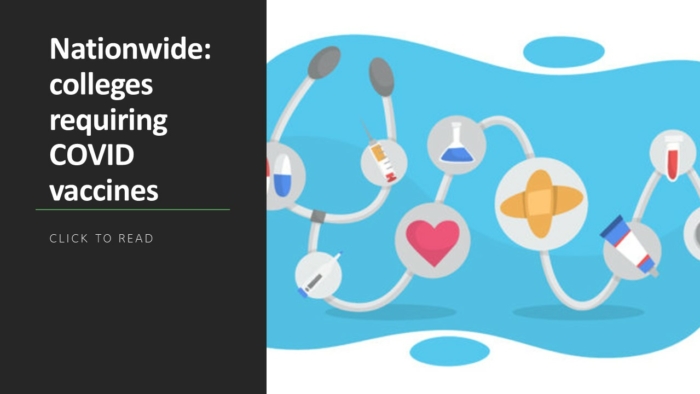At an average 50,000 square feet, the typical higher education building uses over $100,000 in energy each year. Within these walls, certain facilities contribute more to this cost than others.
Case in point: laboratories. Research shows that labs use more energy than any other campus building — more than 40% of the total campus’ electricity demand.
By monitoring energy use in this key area of campus, colleges and universities can support their sustainability efforts and free up substantial funds for other campus ventures.
Energy-intensive equipment is a part of laboratory operations
According to the International Institute for Sustainable Laboratories, the energy that plug-in equipment like freezers use ranges anywhere from 10% to 50% of a laboratory’s total energy use. Yet, only a small percentage of freezers within this environment are monitored for energy use.
While systems themselves have become more energy-efficient over time, these freezers are still mechanical systems subject to issues that can hinder performance or cause failure. Energy monitoring provides insights into freezer issues before they have a chance to impact the system’s energy efficiency and overall operations.

Take a freezer’s compressor, for instance. While there might not be any immediate signs of system irregularities (e.g., a noisy motor), even slight increases in a freezer’s electric consumption coupled with unusual variations in temperature could reveal the compressor is working harder than needed to maintain proper temperatures for lab samples. From there, corrective action can reveal whether it’s a matter of system repair, something as simple as cleaning the dust filter or cleaning dust or debris off the compressor coils or, in some cases, the necessity of freezer replacement.
How a freezer exchange program can benefit energy efficiency
For the campus facilities managers who maintain a fleet of lab freezers, the cost of replacing a freezer can feel significant. Alongside the long-term energy savings you’ll see from this investment, a freezer exchange program like that at Columbia University Irving Medical Center (CUIMC) supports both cost savings and sustainable campus initiatives.
When energy monitoring insights indicate that it’s time to replace a lab freezer, the CUIMC program adds incentives to exchange older models of ultra-low temperature (ULT) freezers with new, high-efficiency models. While a typical ULT freezer can cost about $14,000, CUIMC negotiated a discounted vendor rate of $11,000 that includes the price of a recommended freezer monitoring system. What’s more, Facilities Engineering at CUIMC negotiated with ConEdison for about a 10% rebate on qualified freezers.
With these reductions in price, lab researchers are naturally more inclined to swap inefficient ULT freezers for newer, more efficient systems. And facilities managers have a more budget-friendly option to make this happen. As time goes on, reduced energy output paired with fewer maintenance concerns streamlines facilities operations, lowers costs, and even supports capital planning projects for the future.
How energy monitoring fits into the larger sustainability picture
Campus sustainability efforts can come in many forms — from visible recycling programs and bike rentals to behind-the-scenes energy monitoring in labs that seek to minimize energy consumption. Collectively, these efforts all play into a campus’ sustainability story, which ultimately contributes to cost savings and impacts whether or not a large percentage of prospective students decide to attend.
The sustainable foundation set by higher education labs can also provide inspiration beyond campus. Consider this: If all the laboratories in the U.S. reduced their energy use by 30%, the U.S. Environmental Protection Agency (EPA) estimates the nation could reduce its annual energy consumption by 84 trillion BTU. That’s the same amount of energy used by nearly 840,000 households.
By making energy monitoring a priority within campus labs, colleges and universities can help facilitate more conversations and action around taking proactive sustainability measures.
Marc Josephson is a co-founder and director of CORIS Life Sciences Monitoring, a company that provides sensor-based lab temperature and energy monitoring solutions.
More from UB



